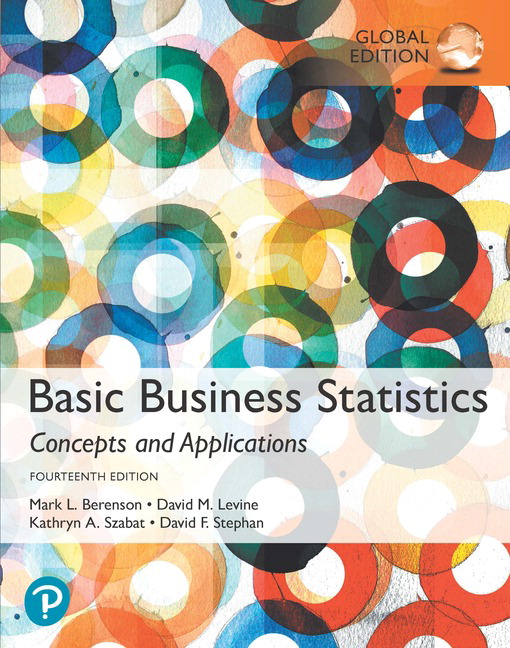
Please note! Course description is confirmed for two academic years, which means that in general, e.g. Learning outcomes, assessment methods and key content stays unchanged. However, via course syllabus, it is possible to specify or change the course execution in each realization of the course, such as how the contact sessions are organized, assessment methods weighted or materials used.
LEARNING OUTCOMES
Learning outcomes for this course, upon successful completion, include the ability to: 1) know and select a tool or measure appropriate to the task and to the measurement nature of the variables, 2) use basic descriptive statistics of central tendency and cross-tabulation to summarize data, 3) learn how to visually present data, such as graphing, table construction, and decision trees, 4) understand populations and sample sizes and their effect on statistical results, 5) use statistical estimation, correlation, and classical statistical tests for simple and multiple regression analyses, 6) understand the use of inferential statistics as a method of decision-making when faced with uncertainty, 7) apply hypothesis testing with confidence intervals for categorical and continuous variables, and 8) use data analysis software, such as the Excel data analysis tool pack, to analyze data and present visualizations of it.
Credits: 6
Schedule: 23.11.2020 - 11.12.2020
Teacher in charge (valid 01.08.2020-31.07.2022): Joan Lofgren
Teacher in charge (applies in this implementation): Sri Beldona
Contact information for the course (applies in this implementation):
CEFR level (applies in this implementation):
Language of instruction and studies (valid 01.08.2020-31.07.2022):
Teaching language: English
Languages of study attainment: English
CONTENT, ASSESSMENT AND WORKLOAD
Content
Valid 01.08.2020-31.07.2022:
In this course, the student is introduced to the subject of business statistics to explore quantitative analyses in business, the basic procedures in problem solving, and the sources and types of data used by business firms. Basic statistical analysis will be used by the student to summarize and describe numeric data and to perform inferential statistical analysis to test hypotheses. Emphasis will be placed on learning how to select the appropriate tool to solve problems associated with statistical uncertainty.
DETAILS
Prerequisites
Valid 01.08.2020-31.07.2022:
none
